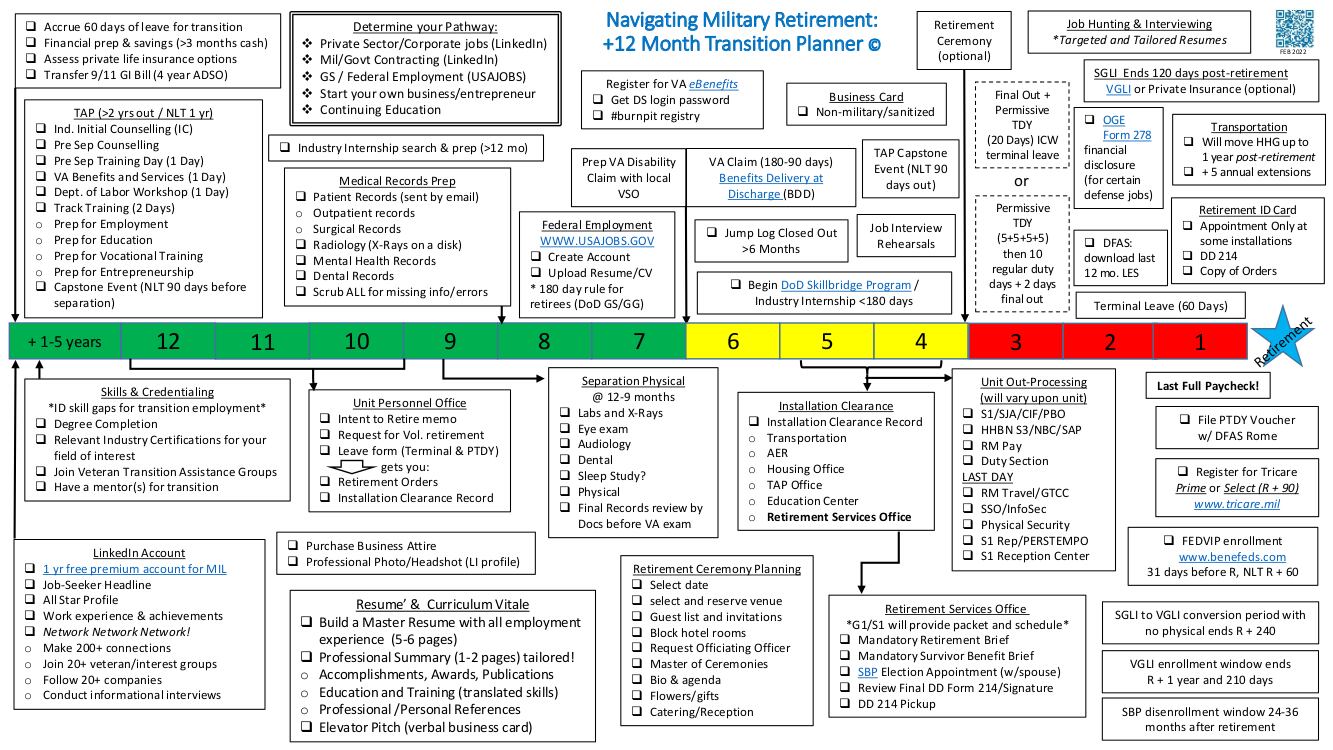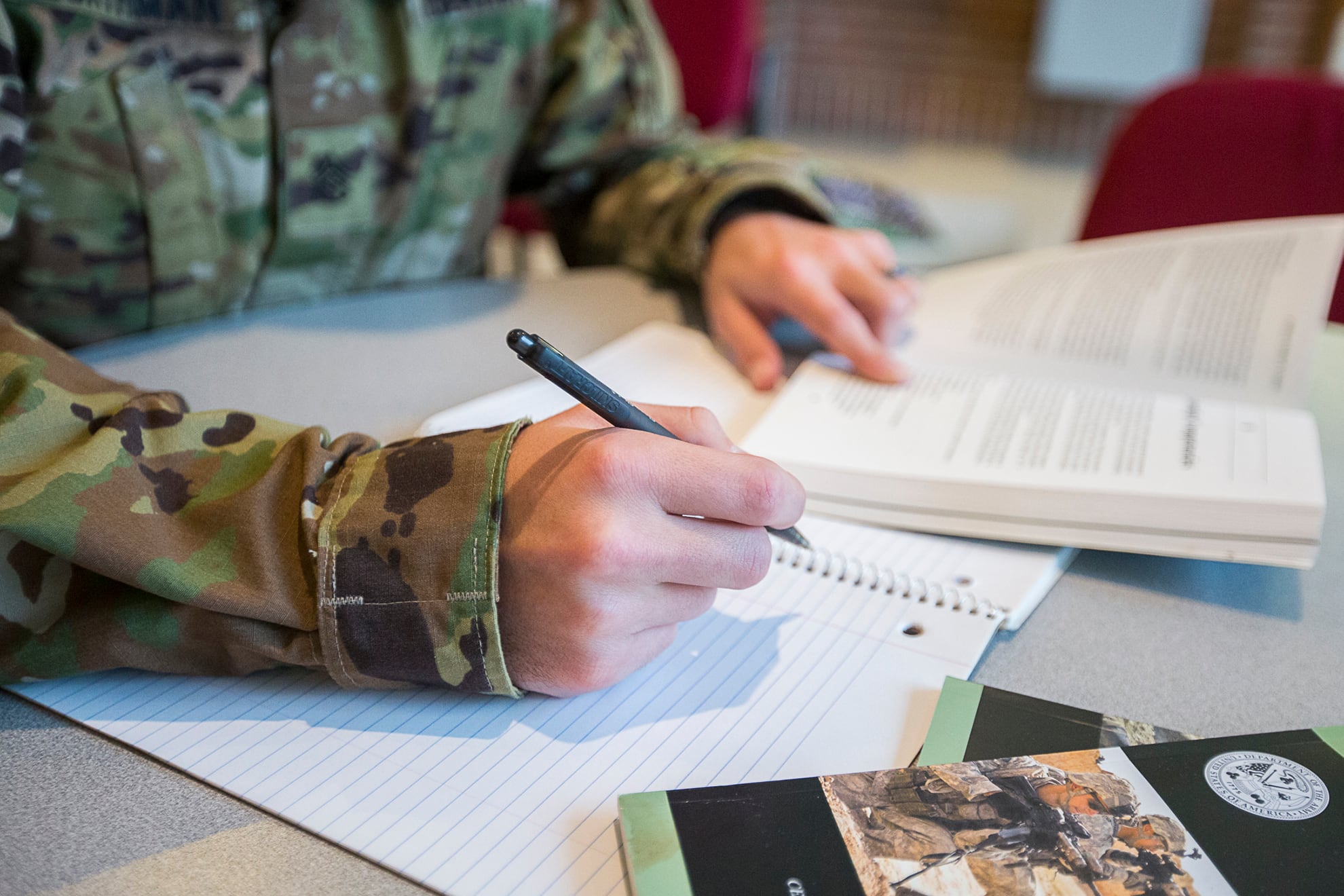I made a thousand mistakes during my transition. The biggest one was underestimating how much effort it was going to take to get to where I wanted to be.
During your military service, you made it through some of the toughest training imaginable, you were subjected to miserable conditions and impossible situations during exercises and wargames designed to prepare you for worst-case scenarios. You conducted missions around the globe in some of the world’s most dangerous places. You might have even got into a few firefights and lived to tell about it. All of these collective experiences could give you the false sense that you literally do anything, including “winging it” when you finally decide to move on from the military. I know this because I didn’t have a clear plan when I decided to retire from the Army. I assumed I would just figure it out as I went along.
But you can’t wing it or wish this one away and expect a smooth landing. “If I wait until the last minute, it will only take a minute” doesn’t work here. Hope is not a method for your transition.
Getting out of the military is a project, and one that you will have to manage concurrently with your regular military duties, family obligations and the rest of life’s demands. It is critical to have a plan and to understand the major events and decision points during your final years and month of service.
No doubt you’ve learned during your time in uniform that no plan survives first contact. And while no plan is perfect, planning and understanding what is in front of you is key to being able to adapt and overcome.

While everyone’s transition experience is going to differ, some of the big “win themes” and best practices are universal. First and foremost is start early. Getting a head-start on critical tasks should be measured in years, not months. A few of these are financial preparation, networking (build your network before you need it), getting a profile on LinkedIn, finding mentors, figuring out what you want to do next, determining where you want to live, and getting the education, industry certifications (Onward to Opportunity) and training to fill skill gaps needed for your next career. Early investments of time and energy on these will be a huge benefit to you that will payoff down the road.
If you are looking for a starting point, sign up for the Transition Assistance Program (TAP) at your local base/installation. TAP is a 5-day course, so you will have to carve out time from work to attend. TAP will give you baseline information on critical tasks and resources, and will help get you pointed in the right direction, but the advanced work for transition is entirely on you for execution. The more time you invest, the better the result.
Take advantage of the DoD Skillbridge program if you can. If you gain approval from your command, this program allows you to work in an internship with the industry of your choice withing the last 180 days of being released from active duty. This is competitive and requires applying many months in advance. The implied task here is that you really need to figure out what you want to do before you make the effort to get a Skillbridge opportunity. This is easier said than done and you may not get it right the first time. Most of us don’t.
Get your medical records in order and file a claim with the VA. Even if you think everything is ok with you physically and mentally, the wear and tear related to your service can quickly catchup with you as the years pass. The VA Benefits Delivery at Discharge allows servicemembers to apply for disability benefits before separation. Servicemembers must file a claim between 180 to 90 days before separation. In most cases, servicemembers will receive their disability rating the day after leaving active duty. Make sure that you look into private life insurance options well in advance (years) to starting the process…a high rating can make your insurance premiums skyrocket or make you uninsurable.
Use the timeline in this column as a guide for the tasks and milestones as you are working your way through the transition process. The times relative and may vary from service and the location you are separating from, but it will help you understand that this is not another 30/60/90-day out-processing and PCS move like you have been used to throughout your miliary career.
Finally, while your transition is an individual event, you shouldn’t go through this alone. Make sure you reach out to mentors that have been through this, and utilize the many government resources and volunteer organizations that exist solely to help you make it to the other side. Talk to people outside of the military who are doing the things you want to do…they are your best insight into what lies ahead.
Kirk Windmueller is a retired Green Beret and Army veteran with over 22 years of service. He is a senior manager at Avantus Federal and a volunteer for Project Transition USA, a non-profit organization that teaches veterans how to use LinkedIn to network and find their next career. He lives in Fayetteville, NC, with his wife and three kids.




